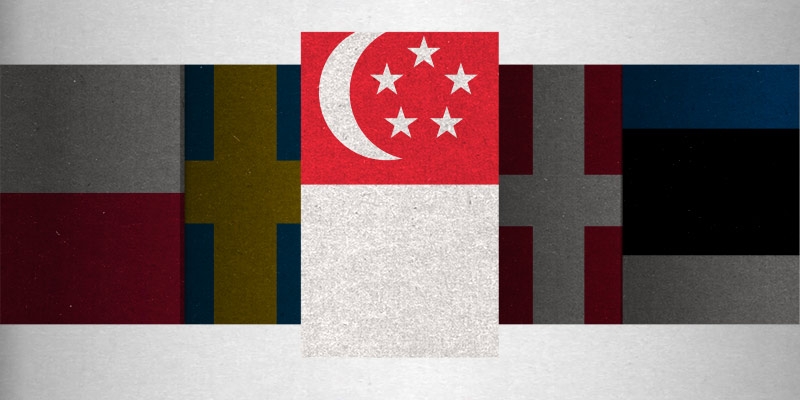Meritocracy, Personal Responsibility, and Encouraging Investment: Lessons from Singapore’s Economic Growth Miracle

Western countries including Canada can learn from Singapore’s pro-growth policies, which have helped transform Singapore from a comparatively poor country in 1965, when it gained independence, into one of the world’s richest countries.
In 1965, Singapore became a sovereign country and adopted a host of policies to generate economic growth and raise living standards. It opened the door to international trade, foreign investment and immigration. Government spending as a share of the economy was kept small. In 2022, for instance, total government spending in Singapore was 15.4 per cent of the economy (GDP) compared to an average of 42.7 per cent for industrialized countries and 41.5 per cent in Canada.
The lower level of government spending means that taxes have also been kept low. Across all major categories of taxes, personal and business, Singapore has competitive tax rates. The top personal income tax rate, for instance, is just 22 per cent in Singapore compared to close to or higher than 50 per cent in Canada, depending on the province. While Singapore’s government has not been hands-off in terms of industrial policy, Singapore is currently rated the freest economy in the world.
The results have been stunning and provide lessons for Canada and other western countries struggling with economic growth.
From 1965 to 2020, Singapore enjoyed an average per-person annual economic growth rate (adjusted for inflation) of 5.0 per cent, dwarfing the average growth rate for the industrialized world (1.9 per cent) and Canada (1.9 per cent).
Moreover, in 1965 Singapore’s annual income (as measured by per-person GDP, a common measure of living standards, in U.S. dollars) was $4,215, far below the average for all industrialized countries ($13,338) and in Canada ($16,428).
By 2020, thanks largely to pro-growth policies, Singapore’s annual per person income reached $59,176, surpassing the U.S. and well exceeding the annual income in Canada ($42,366) and the average for industrialized countries ($36,020).
After independence, Singapore also sought to ensure a culture of self-reliance and align incentives with economic growth. Rather than follow most other countries by adopting a standard tax-and-spend model of government, it established a savings system—a compulsory program that requires workers and their employers to contribute a percentage of their incomes to personal savings accounts, which is used to fund priorities including housing, health care and retirement income (while the government supplements the savings accounts of low-income workers).
In other words, Singapore achieves similar social outcomes as Canada and other western countries, but in a much different way.
Authors:
More from this study
Subscribe to the Fraser Institute
Get the latest news from the Fraser Institute on the latest research studies, news and events.






